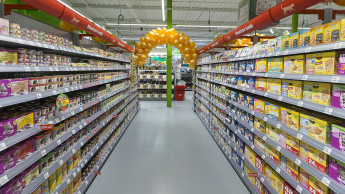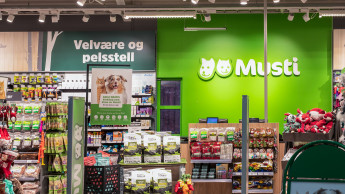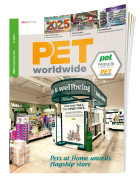These trends have emerged from a new study just published by the trade association Promojardin/ Prom’Animal. According to the study, the overall market increased in 2002 by 3.56 per cent to 3.082 bn € compared with the previous year. With a market share of almost 49 per cent, the dog segment continued to dominate and yielded sales of 1.509 bn €. While the canine sector grew in the period under review by 3.76 per cent, the growth in the cat segment was 3.16 per cent compared with the previous year. Sales of cat products in 2002 came to 1.092 bn €. Ornamental birds also recorded an increase of 4.81 per cent to a volume of 120,324 €. Small caged animals follow closely behind; this segment grew by 9.17 per cent in 2002 and accounted for a sales volume of 120,171 €. The aquarium sector recorded a slight drop, with sales of 194,092 €. By contrast, the garden pond sector exhibited strong growth, with sales up 5.86 per cent in 2002 to 46,350 €. One striking factor revealed by the study is that the hygiene and care products segment along with the accessories segment fared better, with growth in sales of 5.3 and 3.8 per cent respectively, than the pet food sector, which grew by 3.3 per cent in 2002.
2002: Share of sales in the pet product sector(download pdf-file)
2002: Distribution channels in the pet product sector(download pdf-file)
There were few changes in the different distribution channels. The grocery trade clearly dominates the pet product market, with a market share of 62.8 per cent. The organised speciality trade has a share of 21.7 per cent of the market, corresponding to an increase of 10.5 per cent compared with the previous year. Garden centres account for 9.73 per cent, rural trading cooperatives for 6.78 per cent, DIY stores for 2.39 per cent and pet product retail chains for 2.77 per cent. Independent speciality businesses have a share of 5.6 per cent of the market, while vets account for almost 9.9 per cent of the market. maj

 Menü
Menü






 2/2004
2/2004












 Newsletter
Newsletter